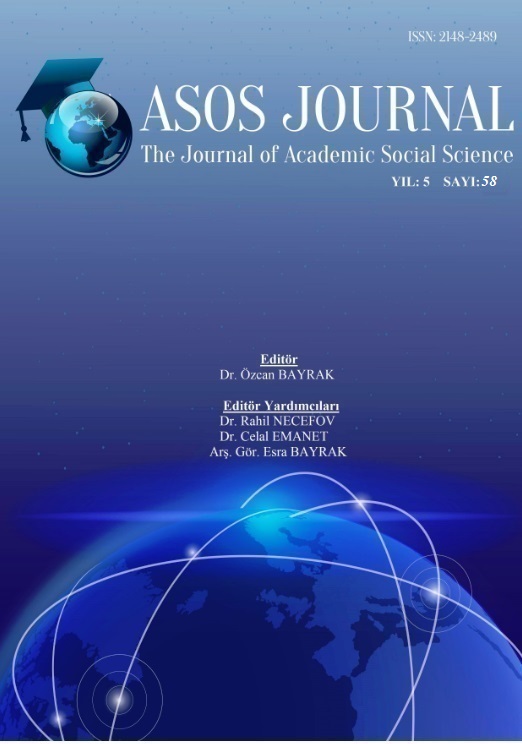FİNANSAL OKURYAZARLIĞA İLİŞKİN TUTUM VE DAVRANIŞLARIN BELİRLENMESİ: SAĞLIK YÖNETİMİ BÖLÜMÜ ÖĞRENCİLERİ ÜZERİNE BİR ARAŞTIRMA
Author :
Abstract
Finansal okuryazarlık, bireylerin gelirlerini ve giderlerini bilinçli bir şekilde değerlendirerek tasarruflarını doğru yatırımlara yöneltmeleri, doğru borçlanma araçlarını tercih etmeleri gibi finansal durumlarını yönetmede doğru finansal kararlar verebilme yetkinliğini sağlayacak finansal bilgiye ve bu kararların uygulanmasında olumlu tutum ve davranışlar sergileme becerisine sahip olma derecesidir. Bu çalışmada, Ankara Üniversitesi Sağlık Bilimleri Fakültesi, Sağlık Yönetimi Bölümü öğrencilerinin finansal okuryazarlık ile ilgili tutum ve davranışlarının, “algı, ilgi, harcama ve tutum” olmak üzere toplam dört boyutta belirlenmesi amaçlanmıştır. Araştırma sonuçları; cinsiyete göre ilgi boyutunda, sınıfa göre algı ve ilgi boyutunda, yaşa göre ilgi ve tutum boyutunda, anne eğitim düzeyine göre tutum boyutunda ve baba eğitim düzeyine göre harcama boyutunda istatistiksel anlamda farklılık olduğunu göstermiştir. Araştırmaya katılan öğrencilerin puan ortalamaları incelendiğinde, finans dersi almış öğrencilerinin algı, ilgi ve harcama boyutlarının puan ortalamalarının diğer sınıftaki öğrencilere kıyasla daha yüksek olduğu saptanmıştır.
Keywords
Abstract
Financial literacy is the degree of having the financial knowledge that will enable people to analyze incomes and expenditures consciously and to give the right financial decisions in managing their financial situations by directing their savings to the right investments and choosing the right debt instruments, and of having the ability to display positive attitudes and behaviors in implementing these decisions. In this study it is aimed to determine the financial literacy related attitudes and behaviors of Ankara University Faculty of Health Sciences Department of Healthcare Management students’ in four dimensions “perception, interest, expenditure, and attitude”. The results of the study show that there are statistically significant differences in interest according to gender, in perception and interest according to class, in interest and attitudes according to age, in attitude according to mother’s level of education, in expenditure according to father’s level of education. When the score averages of the students have been analyzed, it is determined that the score averages of perception, interest and expenditure dimensions were higher in students that have taken a finance course.





